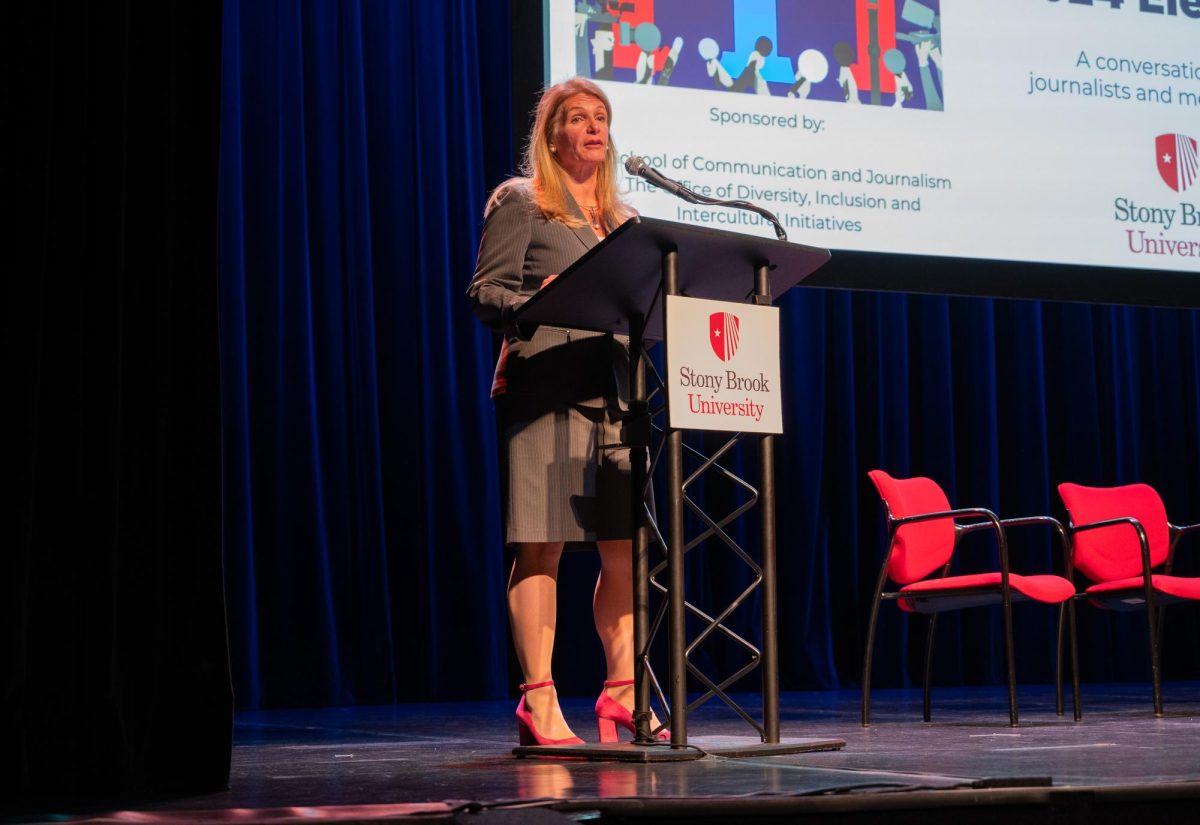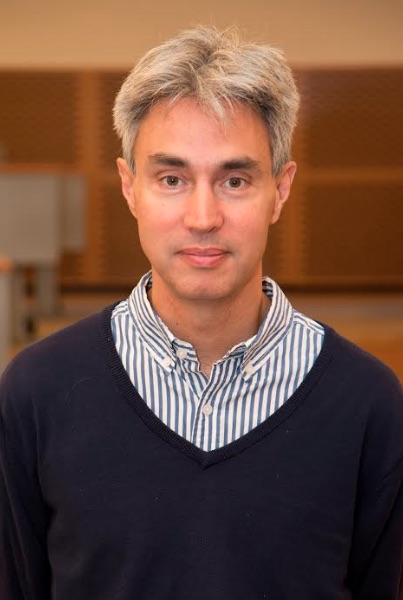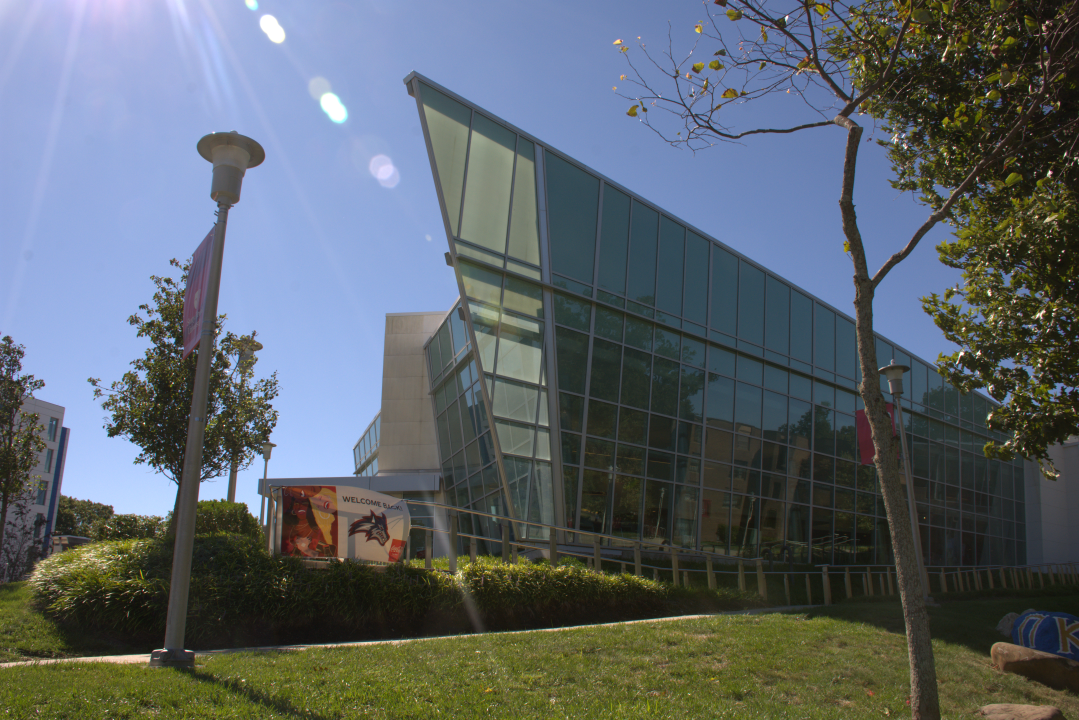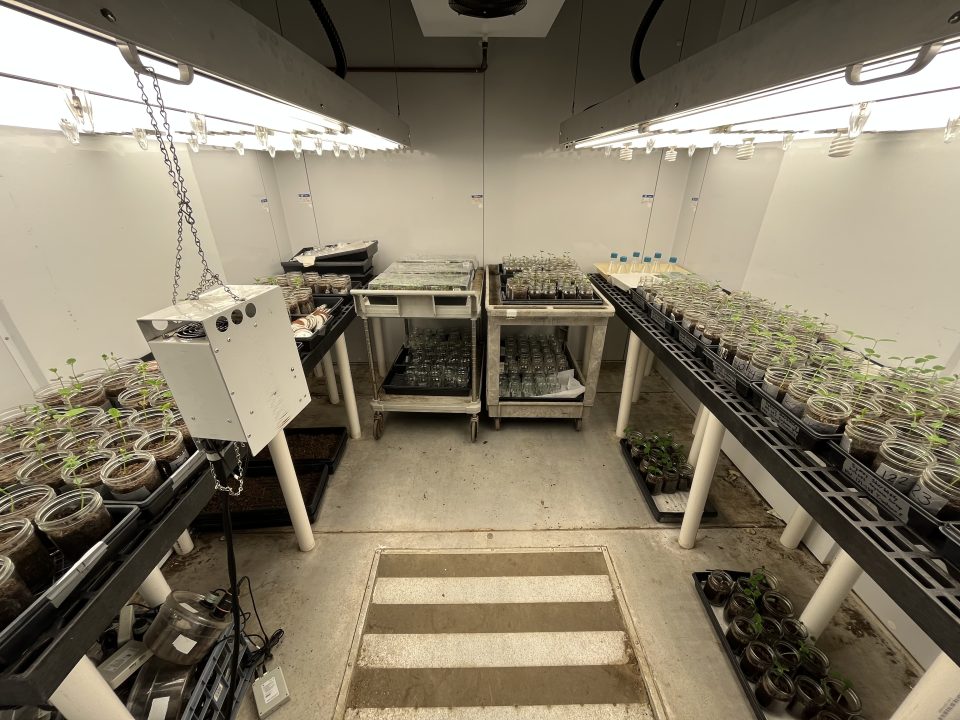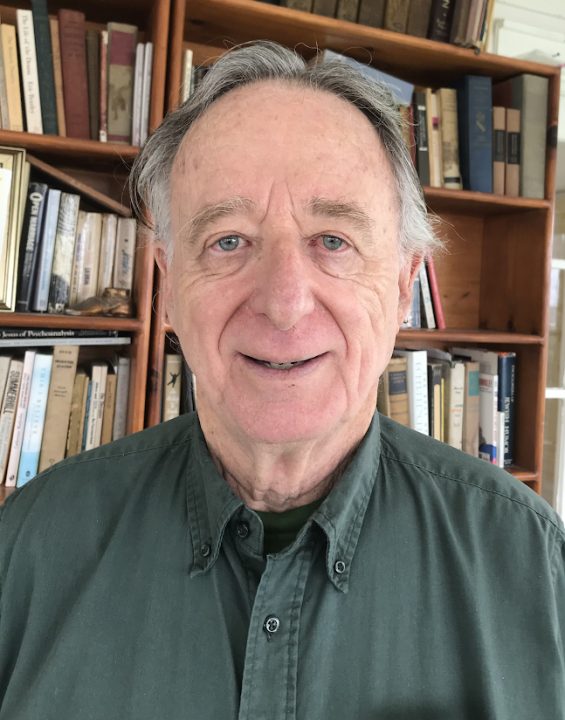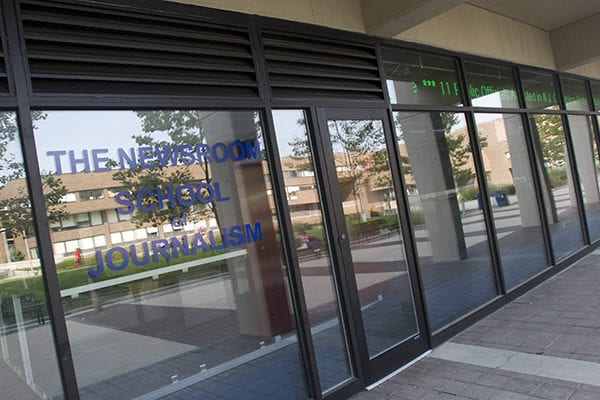
The School of Communication and Journalism (SOCJ) launched its Masters of Science degree in science communication this spring, one of the first of its kind in the State University of New York system. They will also begin offering a Bachelors of Science in mass communication next fall.
The introduction of new communications degrees comes after the School of Journalism officially relaunched as the School of Communication and Journalism in January.
The new masters program will teach graduate students the complexities of communicating, advocating and expanding scientific awareness towards the general public. Science organizations can use these communication skills to provide accurate and literate information to the media and governments.
“The [program] is an integration of, what we call, message design strategies… with training in improvisational theatre techniques,” Elizabeth Bojsza, the SOCJ and Alan Alda Center for Communicating Science graduate program director said.
Bojsza said the small collaboration between the Alan Alda Center and the former School of Journalism has expanded from a micro-credential to a full fledged graduate program since 2009. Much of the program focuses on building communication skills that help individuals adapt to changing scenarios in public discourse.
“It’s the same kind of skills you use when you’re interviewing someone and you don’t know what the person’s going to say,” Bojsza said. “That’s really useful for a scientist to have.”
Laura Lindenfeld, the dean of the SOCJ and the Alan Alda Center’s executive director, elaborated on the program’s unique blend of improvisational theatre at the center of the degree.
“It was one that Alan Alda — the famous actor — came up with, because he recognized that improv puts you in the situation in the moment; reacting with people rather than talking to them,” Lindenfeld said.
Lindenfeld sees the expansion as taking the school in the right direction. She said the lack of a communications program at Stony Brook University was one that was “sorely missing” from the school’s offerings. She states the expansion of the graduate program, as well as the official name change, have been additions that have been in the making for years.
“I think that you don’t just add a name to something,” Lindenfeld said. “I think you do the work and you build the culture where people really can see themselves as part of the community … and I think it started to feel really exciting to the faculty and staff on both sides to imagine a larger framework that could support all of us together.”
Bojsza elaborated that the master’s program is specifically designed for students who already have a STEM undergraduate degree. The study of science communication expects graduates to already have an understanding of the field.
When asked by The Statesman whether the School of Communication and Journalism would be expanding its new science communication programs towards an undergraduate degree, she emphasized the program’s promise of providing a “comprehensive career preparation pathway that hasn’t necessarily existed” and believes the program’s strengths lie best in a graduate setting. She disclosed to The Statesman that the school will consider launching a minor in science communication.
Lindenfield elaborated on future programs, stating she wishes to include a general communications undergraduate program which focuses on one-on-one interactions both in-person and virtually. She hopes to reach out to the Writing and Rhetoric department to bring the idea to fruition.
One student has already enrolled in the science communication master’s program. Ellice Peck received her B.S. in biology from Stony Brook in 2013, and is currently considering a career within science communication.
“I went to the Career Center to get advice, and when the counselor found out that I both loved to write and had exemplary grades in all my English courses, she suggested science writing as a career option,” Peck said. “I had never heard of it before, but once I began looking into it, I realized it would be the perfect blend of my two favorite topics: English and science.”
Peck discussed the importance of science communication in today’s society, noting the current problems the government and researchers have had with the COVID-19 pandemic. She also saw media literacy as one that has strayed away from providing accurate information and instead has moved towards “generating views and tracking analytics.” To her, science journalism is a lacking field, and one that has become vulnerable to sensationalism and misinformation.
“Stony Brook is a prestigious research university, and with that comes a serious responsibility to disseminate the research in a way that can be understood by the public and benefit the world at large,” Peck said. “Programs like the one at Stony Brook are a great first step.”
Lindenfield said the relaunch of the School of Journalism as the School of Communication and Journalism has been a successful one, even with the pandemic’s challenges.
“I think it’s brought us together even more to say; how do we deal with inequity and injustice as a team? How do we combat disbelief in science?” Lindenfeld said.
Lindenfield hopes the new programs and the expansion of the School of Journalism will lead to greater awareness in scientific understanding and a new generation of scientifically literate SOCJ undergraduates.







